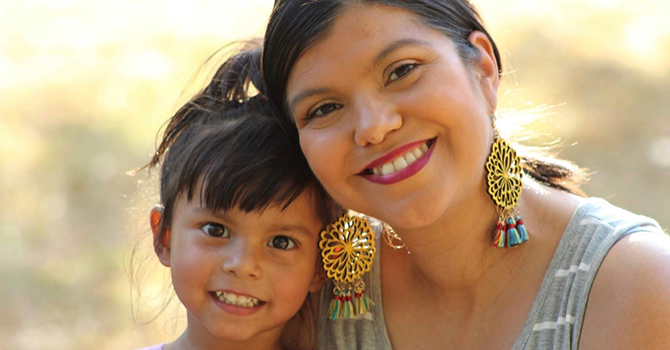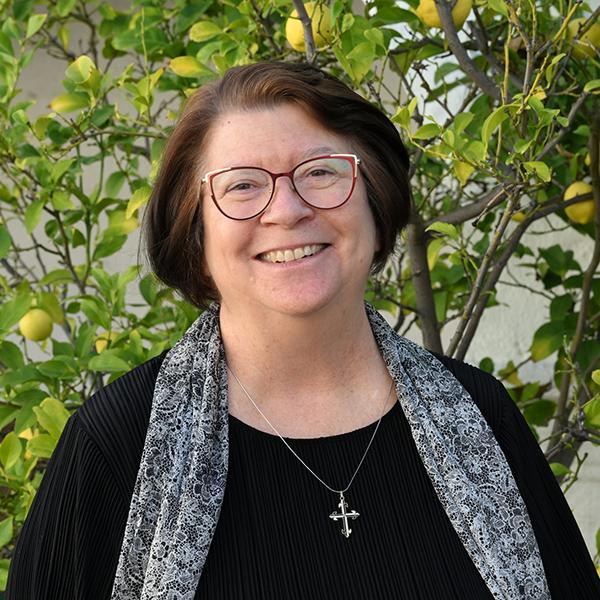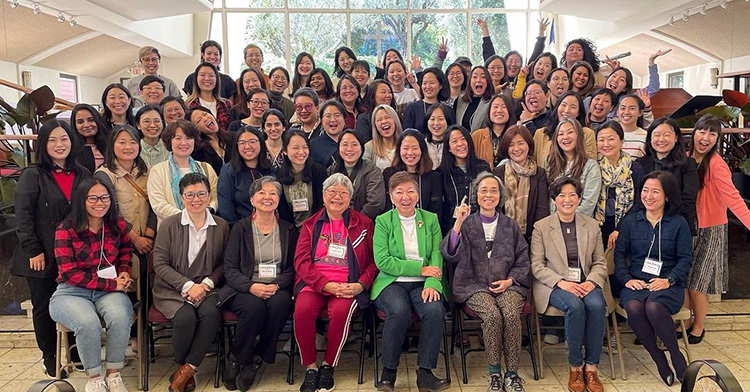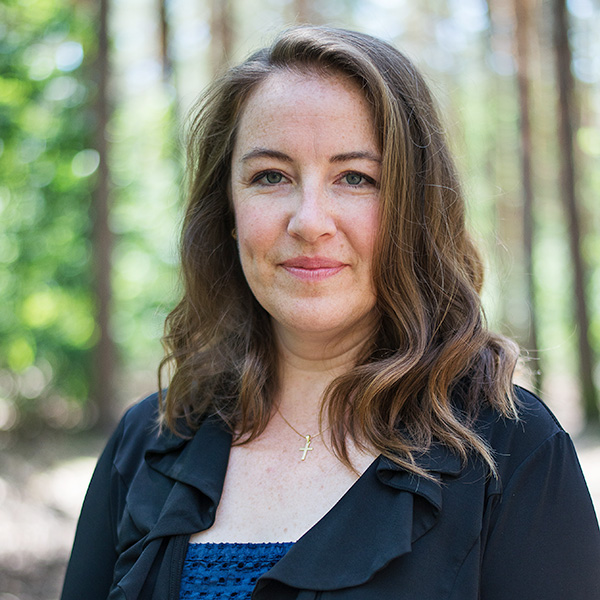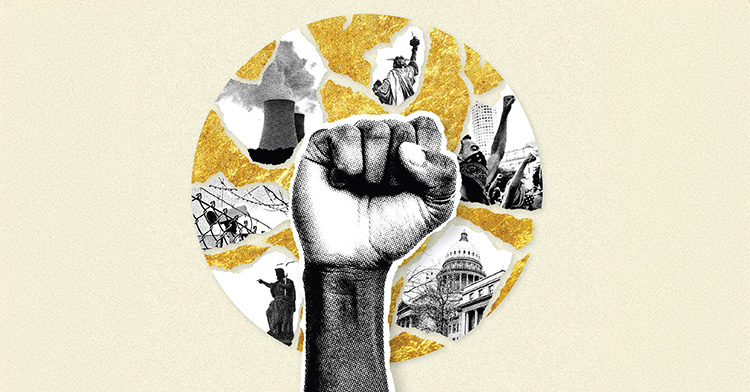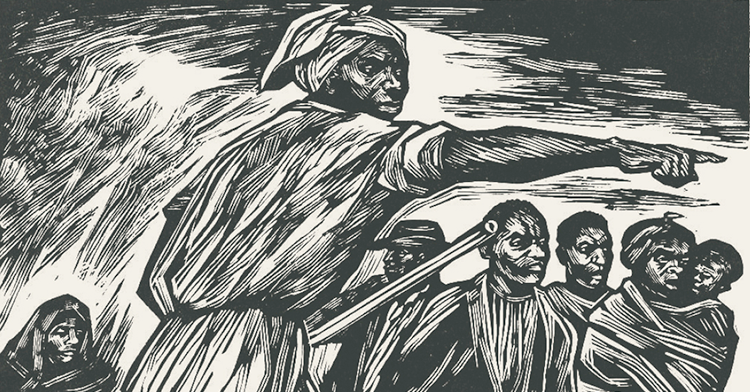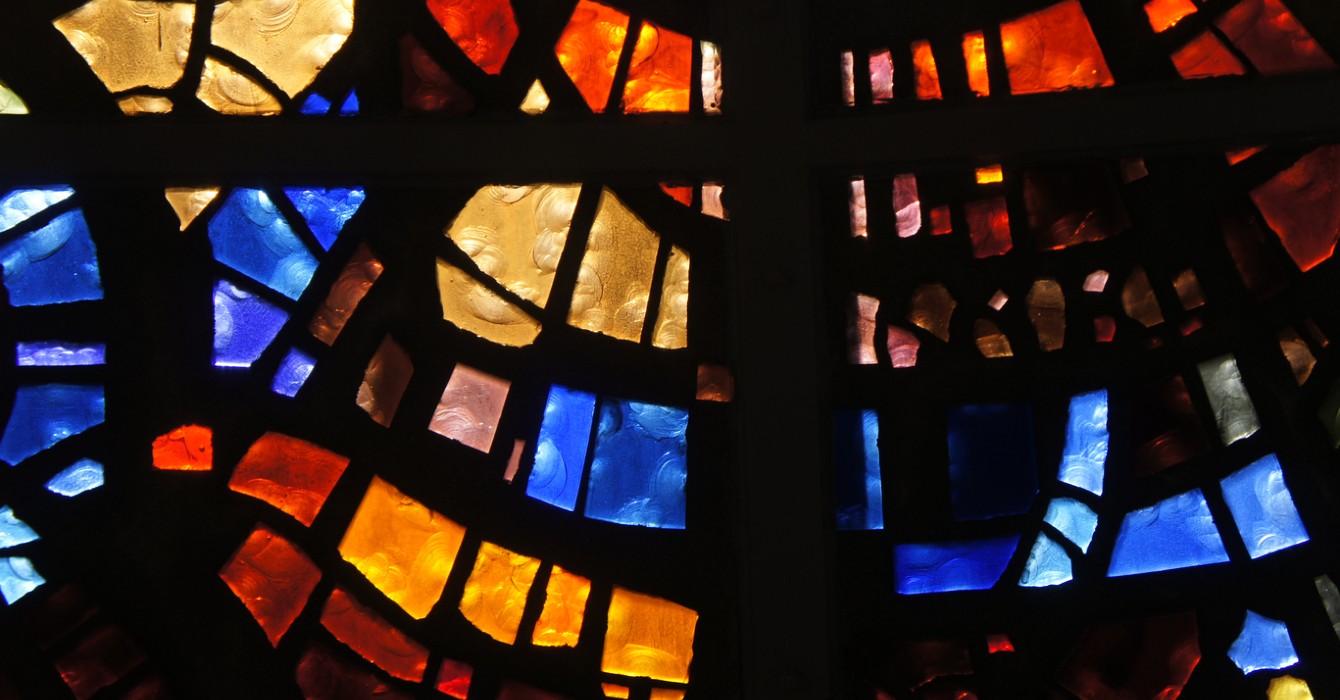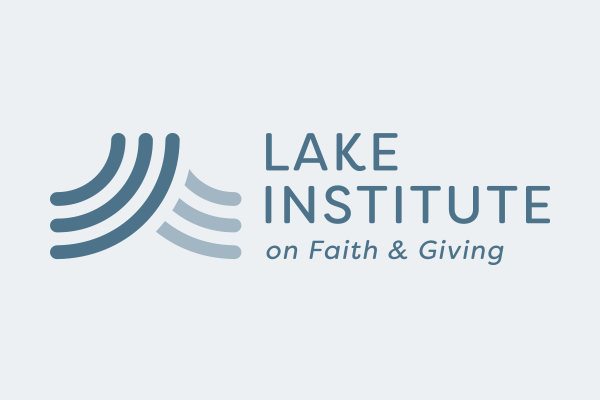My grandmother tells a story, entirely in Spanish, of a viejita, an old woman, who collects small logs on her way to her casita, her little home, and gets caught in an aguacero, a downpour. My grandmother sings this story to life, inching her fingers up my arm to the rhythm of the song in a scissor motion like a small pair of legs.
At the point when my grandmother sings that the rain has caught the old woman, her fingers ram into my armpit, giving me tickles of delight.
In an instant, any trouble or pain is vanquished by laughter.
I had always assumed that my grandmother made up that song just for me. But recently, I told it to a group at a women’s leadership and spirituality course. At the end, a young woman in the audience started crying. Her grandmother had sung her the same song.
Suddenly, we weren’t just speaker and audience. The two of us shared a moment -- we connected through this story, and a shared history.
Jesus was a storyteller. Stories were the way he reached the people to convey the message he needed them to honor, claim and synthesize. We learn from the Bible that Jesus spoke to the people using story as the vehicle for connection because it fulfilled what God had said: “I will speak to you in parables. I will explain things hidden since the creation of the world” (Matthew 13:35 NLT). The people called it wisdom.
That is still true today. Often, people gravitate to stories with happy endings or tales about everyday people -- but even unpleasant stories can be a powerful way to convey a message. Storytelling can be used as a mode of healing, because stories carry in them all the voices of those who have recounted the same story time and time again.
When the church employs storytelling in a way that can reshape people’s lives, reflecting who they are back to themselves, the church becomes a shared space where each person is a part of history.
My priest tells a beautiful story about the origins of our community. He ties our origins to the Christian creation story as well as to the Native Americans, reminding us of our interconnectedness. Speaking to a congregation of predominantly Latino/a, Mexican and Tejano/a families, the connection to our origins is vital; it’s important that we understand our South Texas history, which is one of violence and colonialism.
The 1848 Treaty of Guadalupe Hidalgo, which marked the end of the Mexican-American War, named the Rio Grande as the border between the United States and Mexico. Our families were given the choice to uproot and relocate to Mexico from what is now California, Nevada, Utah, Colorado, Arizona, New Mexico and Texas or to stay on their land and in their homes and receive citizenship in the United States.
The offer came with a promise of full civil rights, but that was far from the truth. Mexican Americans were lynched by the Texas Rangers and continue, nearly 200 years later, to be questioned about their citizenship.
Because our priest understands the complexity of the land and our people, he weaves our history into stories of strength and hope. He acknowledges our indigenous ancestry and is open to the church’s choice to keep our Blessed Mother of Guadalupe, a figure highly revered in our culture. As a congregation in service to our community, it’s important that we are not only seen by God but also seen by our church.
When I faced that class on women’s leadership and spirituality, I knew that in order to convey how storytelling had brought me to my vocation and why storytelling matters to their individual and collective learning, I had to know their stories.
I asked each young woman what she was passionate about. Some were passionate about mujerista theology; some were passionate about family; some were passionate about writing.
I asked the question not only to help my teaching but also to help those women hear themselves. The answer was their reminder that in a room full of leaders, they were heard and they were validated. They were seen.
The same goes for our congregations. While it may seem impossible to spend some or all of a service asking our members what they are passionate about, it is possible to gauge what they respond to.
A sermon rooted in the tradition of story, relevant to the needs and lives of our people, transcends a typical Sunday morning homily. A story has the potential to get carried throughout generations. The story becomes a thread between generations as an intergenerational healing method.
The key question is, do the people see themselves in the story?
My grandparents were master storytellers. They could take any myth, legend or spooky cultural tale and turn it into a lesson that I needed to hear. My grandma and grandpa used to tell me stories that were relevant to me -- even when they might have been considered too scary for a child.
My priest has shown me how important it is to know the history of our people -- even when it is difficult and violent. How does that history affect the congregation, and how can storytelling be the vehicle by which they begin to heal?
Stories take history and make it possible to believe. Stories give us hope and allow faith to work in the details. When we tell stories, we acknowledge the people who hear them, and we connect with them.
Whether they make us laugh or make us weep, stories give us the power to see ourselves.

